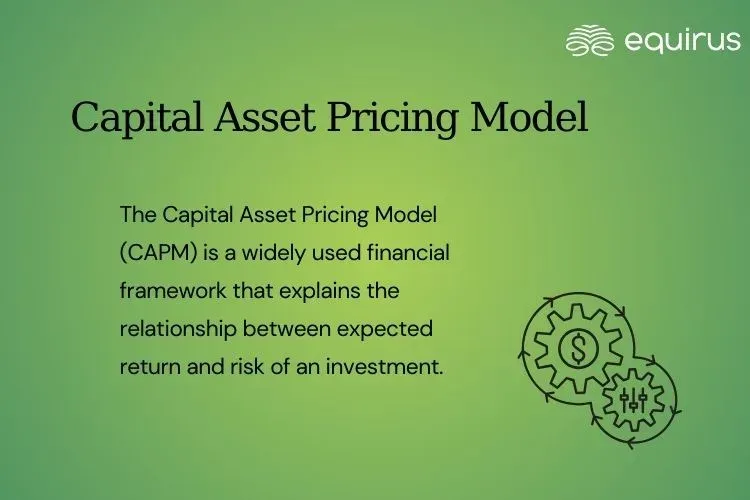Capital Asset Pricing Model

Key Highlights
-
CAPM is a widely used financial framework that explains the relationship between expected return and risk of an investment.
-
Expected Return (Re) = Risk-Free Rate (Rf) + Beta (β) × [Market Return (Rm) – Risk-Free Rate (Rf)]
What is Capital Asset Pricing Model (CAPM)?
The Capital Asset Pricing Model (CAPM) is a widely used financial framework that explains the relationship between expected return and risk of an investment. It provides a formula to calculate the expected return on a security by considering the risk-free rate, the security’s sensitivity to market movements (beta), and the expected market return.
CAPM Formula
Expected Return (Re) = Risk-Free Rate (Rf) + Beta (β) × [Market Return (Rm) – Risk-Free Rate (Rf)]
Where:
-
Risk-Free Rate (Rf): Return on a risk-free asset, such as government securities.
-
Beta (β): A measure of a security’s volatility relative to the overall market.
-
Market Return (Rm): Expected return from the market portfolio.
Key Assumptions of CAPM
-
Investors are rational and risk-averse.
-
Markets are efficient, and all investors have equal access to information.
-
There are no transaction costs or taxes.
-
Returns are normally distributed over time.
Limitations
-
Relies heavily on historical data for beta, which may not predict future risk accurately.
-
Assumes markets are perfectly efficient, which may not always hold true.
-
Does not account for other risk factors like liquidity risk, inflation, or behavioral influences.
Why It Matters?
CAPM remains a cornerstone in modern portfolio theory and investment decision-making. For wealth managers, it serves as a useful tool to evaluate risk-return trade-offs, set realistic client expectations, and make informed portfolio construction decisions.
